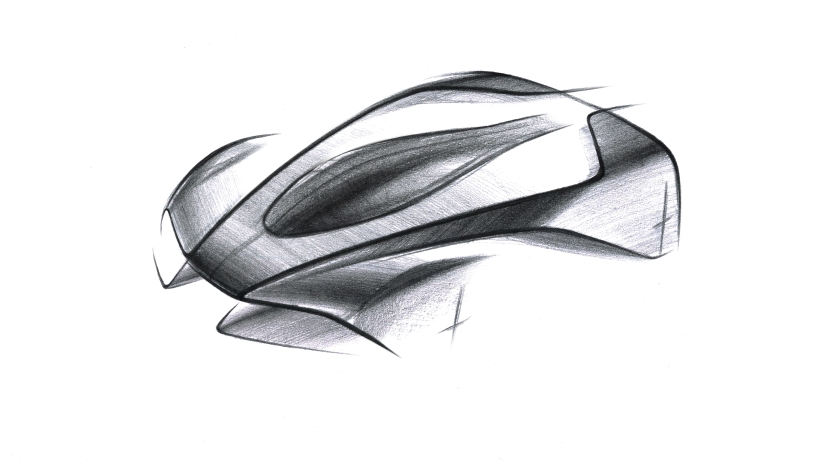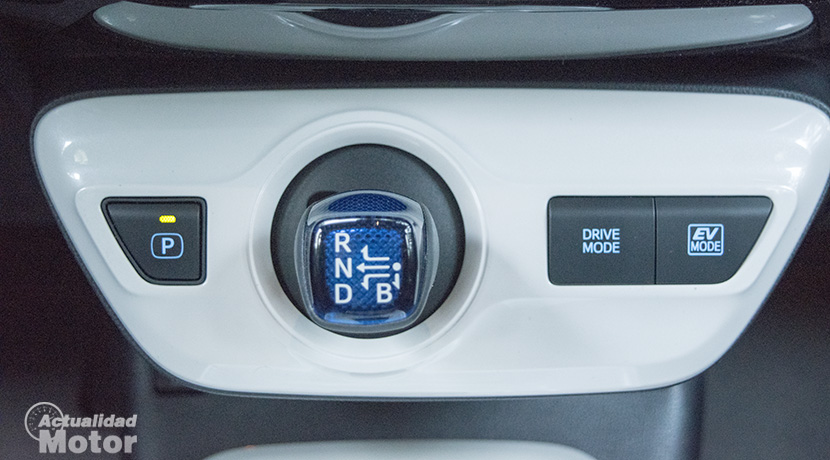How to learn to drive a car for 'dummies'

To learn to drive a car strong> are the driving schools, although it is not superfluous to understand the basic principles before getting your card. For this reason, in this article we are going to make clear the basics of driving a car . Without that you should embolden yourself to take one if you have not received the relevant classes. One thing is that you know how to use the pedals or the change and quite another is to know how to circulate safely with it.
The first thing that should be engraved with fire in the memory is that is a machine with one or two tons of metal . An idea that is rarely made clear to students when they take out their driver's license. This feature, coupled with the enormous speed it can achieve, makes it a very dangerous device if not used responsibly.
Once it is clear that learning to drive a car is not a game . You can start to deepen the use of each of its elements . These are the pedals, the gearbox, the steering wheel, the signaling elements, the rearview mirrors and the parking brake. All of them essential parts to use the vehicle well .
The pedals and the change
Manual car
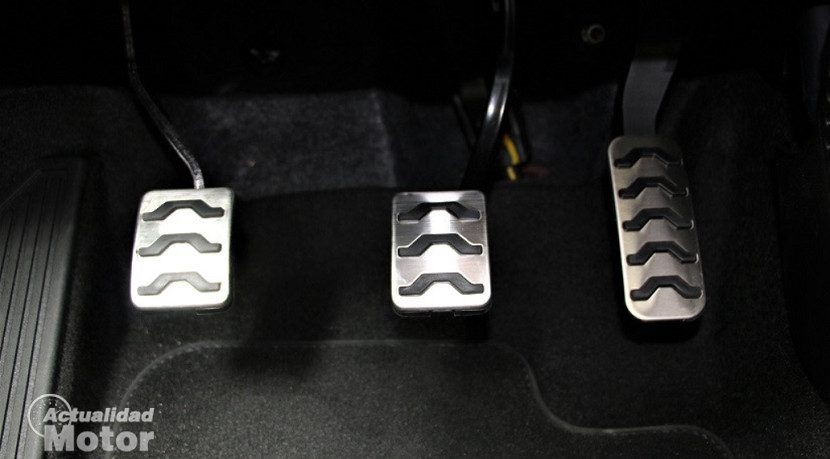
Let's start with the part that usually brings more complications, but which is essential to move the vehicle . In a car with manual transmission you will see three pedals: on the right is the accelerator, in the center the brake and on the left the clutch. With the accelerator and the brake you will not have problems to understand its operation. One moves the car and the other slows it down. But the thing is something more complex with the third pedal.
What is the clutch?
This is the part that most breaks He usually brings neophytes who want to learn how to drive a car. Without stopping in the operation of the clutch, as a driver you only need to know that is necessary to put the gears . The car does not move if it does not have a gear engaged, that is, if it is in neutral.
- To use the clutch well and start moving with the car, first you must step on it and, as long as you keep your foot pressed to the bottom, put the first gear .
- Once you've done it, you should go releasing the little clutch to little . You will see that much of the pedal travel does nothing and only near the end is when the car starts to move.
Warning: There are many cars in which you need to squeeze the throttle a bit, at the same time you release the clutch pedal. This is so because to start moving they need extra power. This is what usually happens with gasoline engines. Although it is recommended in any car if you want to leave quickly.
The most common error with the clutch
As we have said, a large part of the clutch travel does not do anything, only near the end it shows that the engine starts to move the wheels. Well, the most common mistake of the novice is to accelerate when they are still in that part of the clutch that does not connect the engine .Just enough for the car to move properly. To give you an idea , when it's done well, you only get to approximately 1,200 rpm to move the car. If you get to 2,000 is that you're doing it wrong, with the consequent wear of the clutch. Of course, these basic indications are for when you're on the plain . You'll have to revolutionize the car more if you want to move the car up a hill.
Well, we've already gotten in first and the car can move. But now it's time to know how to fit the rest to learn how to drive a real car. As in a bicycle with gears, you will have to change to reach higher speeds pedaling less times. Imagine that you want to run with her alone with the shortest gear. You will only be able to pedal very fast while you move very slowly and, by the way, you will make a fool of yourself.
After gaining speed with the first one, play the second gear . You can do it for example when the car reaches 2,000 rpm. To do this, you will have to:
- stop accelerating,
- step on the clutch all the way,
- put the shift lever on the number two ,
- and release the clutch smoothly
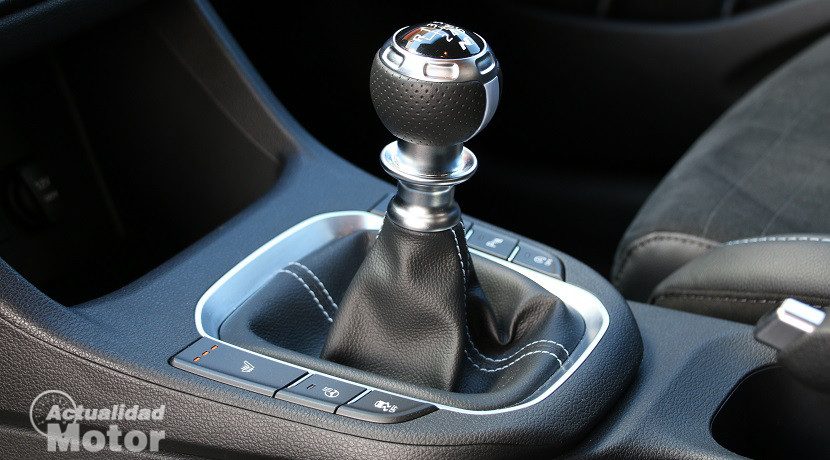
The most common error when changing gears
Here you can see if someone has much left to learn to drive a car in conditions. As we have told you, you must stop accelerating and stepping on the clutch. So what happens is that the engine will lose speed quickly . This is good because we are going to put a longer gear, which therefore moves the car with fewer revolutions. E The error is to be too slow and let the revolutions fall too much . Many novices take so long that the revolutions fall to the minimum and when they put the next gear the revolutions have to go back up to where it was right.
Example of a bad gear change
Simona is driving with her car at 40 km/h and 3,000 rpm . He already considers that there are too many revolutions, so he wants to put the next one. Stop accelerating, step on the clutch and shift gears, but it is so slow that the revs go down to 1,000 and you notice that when you release the clutch again, the car brakes sharply for a moment and then continues. What happened?
To answer this, you have to understand just one thing: with that gear, Simona's car goes to 3,000 rpm, with the next the car will go at 2,000 rpm
strong>. But she has let them fall until 1,000. So when you release the clutch, the car will have to recover the 2,000 rpm it has at that speed. The consequence is that the car brakes with the well-known engine brake and the clutch wears out unnecessarily.Example of a well-made gear shift
Simona has already learned her lesson, so this time it takes less to change. It circulates at 40 km/h and at 3,000 rpm, but you know that with the next gear will go to 2,000 rpm . So when you step on the clutch and push it in, just let the revs go down to that point . The car does not brake sharply in the process and the clutch does not wear out more than necessary. Just made a perfect gear change .
The relationship between gears and speed
In case you have missed, we explain a concept that you must have clear to learn to drive a car.In first go to 3,000 rpm, in second you will go to 2,000 rpm and in third to 1,500 rpm. It's like on the bike , at the same speed you can pedal a few times or many, it only depends on which gear you use.
Automatic car

If what you want is to learn how to drive a car with automatic transmission, all the complications that we have mentioned before disappear. You will find two pedals : the accelerator on the right and the brake on the left. These cars are only handled with the right foot , so the left one put it in the footrest that is usually to the left of the whole or pick it back to avoid that you escape in some braking.
You'll see that the shift lever has letters instead of numbers . We tell you quickly what each means:
- P : means Parking . The car will not move. It is like the dead point, but it will also be blocked in such a way that it can not be pushed.
- N : means Neutral . The car will not move. It is the equivalent of neutral, so it is possible to push it and it will fall if it is on a slope.
- D : means Drive . It serves to go forward. If it's on, the car will move slowly forward even if you do not squeeze the accelerator.
- R : means Reverse . Reverse. If it's on, the car will move slowly backwards even if you do not squeeze the accelerator.
- S : means Sport . Move forward in sport mode. Not all cars have it, but it is essentially the same as the "D", but the car responds more sportily.
- M : means Manual strong>. It is the position in which the automatic change allows changing gears to the driver manually. A backward touch is a shorter gear and a forward touch is a longer gear.
The steering wheel
You will be happy to know that within what it is to learn to drive a car, the steering wheel is the simplest . However, even some drivers with several years of experience do it badly. The recommended way to handle it is with both hands on it and never crossing them . Experienced drivers do cross them, but in a controlled and agile way. Since we are in the lessons for beginners it is not advisable that you stay with that.

How to pick it up
Imagine that the steering wheel is a clock and pick it up with the right hand where It is 2 o'clock and with the left hand at minus 10. The quarter of minus 3 will also be valid. Do not just hold it with one hand and do not lean your arm on the edge of the window. A common habit among rookies is to take it with the left hand while leaving the right on the gear lever.
How to turn
As we have already said, the way of turning that is normally recommended when learning to drive a car is avoiding crossing your hands . That is to say, if we draw an imaginary and vertical line that divides the wheel in two, each hand will take care of its half and will never cross that line. However, this is not always possible, so it is better to take it as a flexible standard that can be slightly violated. If you overcome that line with your hands a little nothing happens.
You should never put your hand inside the steering wheel .The problem is that if there is an unforeseen situation where you have to change direction abruptly you will be in a very difficult position to do it and probably end up crashing into something .
Lights and signaling
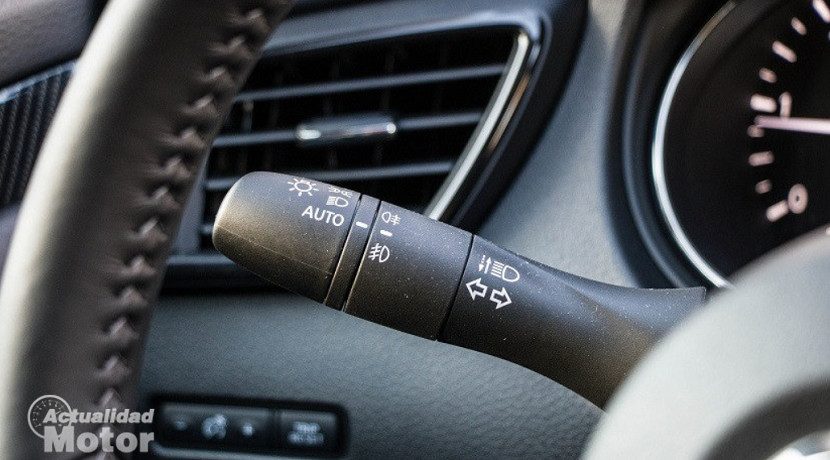
When learning to drive a car you also have to internalize from the beginning the use of lights and the signaling elements. If you do not acquire the habit from the beginning, you can end up like those drivers who forget the flashers forever.
Turn signals
When we are going to turn to take the next street it is not only about reducing the speed before and taking the curve correctly . From before you have to signal it with the intermittent to that side. It is the lever that is behind the steering wheel in the left loop . If you move it up you will be turning on the right turn signal and if you move it down you will be doing it with the left one.
You have to use them when you change lanes, when you move forward, when you are going to turn at an intersection or when let's stand on the side of the road. It is not necessary to use it in curves or if we are going to turn in a street where it is the only possible direction. That is, if it is mandatory to turn to the left and it is not possible to go forward or to the right it will not be necessary to put the left turn signal. Even if you do it by habit, nothing happens either.
Emergency lights or Warning
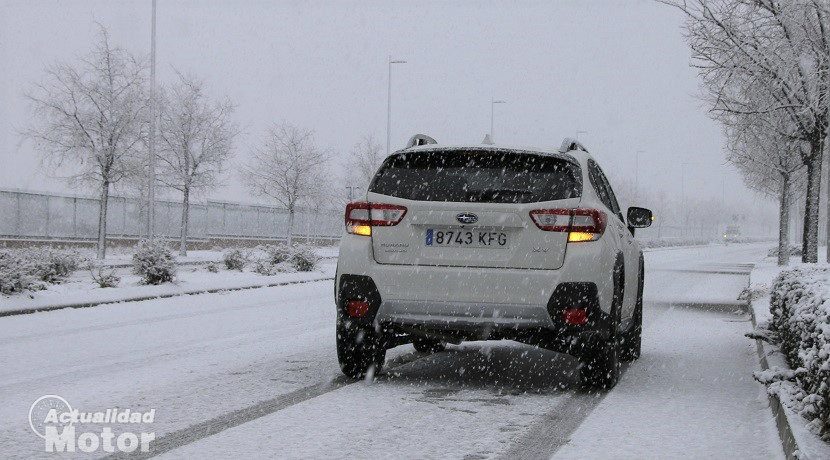
It is the button with a red triangle that usually be in the center console or near the shift lever. If you press it you will be turning on both turn signals at the same time and you will be telling the other drivers that you are standing there and be careful. They are also often used to indicate that you are going slowly, so they must stop. Finally, although the regulation is not specified as such, most drivers turn them on when they park in double rows, so that the rest of the people see that they are stopped and that they do not fall into the error of getting behind waiting for they will leave shortly.
Position, crossing or long lights
The use of lighting is essential at the moment of learning to drive a car. The position lights serve only in some circumstances, so that they see you, but normally they are not used by themselves. Its symbol is that of two headlights pointing one on each side . The normal thing is that when there is not enough natural light you have to turn on the dipped beam (at night, with rain or fog, indoors, in tunnels). The button or the thread to turn them on is usually on the dashboard behind the steering wheel, on the left and below, or on the indicator lever itself. The symbol is that of a lighthouse illuminating with the beams of light pointing diagonally downwards .
The longlights are used only under conditions in those that can not be dazzled by another driver and require greater visibility at night. They can also be used with small touches as light signals to indicate to a driver that precedes us that we are going to overtake him. Always on the road and making sure you do not dazzle.Not so much to see you better, as to make you look better to you. The control is usually on the dashboard, near the count is the position and crossing lights. The symbol of the front fog lamp is like the one for the dipped beam, but the beam is crossed by a wavy line . The symbol of the rear fog lamp is the same as this, but pointing to the other side . You can deepen the use of the fog lights in the article How to use the fog lights.
The rear-view mirrors

If you want to learn how to drive a real car, you must remember that it is as important to see well forward as to see backwards. That's why cars have several rear-view mirrors: two side and one central . When you are going to drive, you must regulate them properly. The sides should be placed in such a way the horizon is approximately in the middle of it and pointing so that you just stop seeing the side of your car. If you see the door of your car are more posts. Through the central mirror you have to see perfectly everything behind the rear window. If it is small enough you will see the four corners of the same.
The hand brake
Finally we reach the parking brake. An element that we must not forget when learning to drive a car because it is what will keep it where we leave it when we are not in it. There are hand brakes of various types. They can be a hand lever next to the change, it can be a small pedal stuck to the left or it can be a button like in many modern cars.
The handbrake should be used whenever we leave the car parked . It is also advisable to put it when the people of the car get off or up. It is not a good idea to have the gear stuck and the clutch depressed when doing this because if something happens to you, the car can give a pull at the wrong time.
It can also serve you to start the car on a slope . One of the most feared maneuvers by beginners (and even many that are not). With the handbrake on, you must release the clutch very slowly while accelerating (remember not to accelerate the part of the clutch that does not connect the engine). When you notice that the car wants to leave but the hand brake does not let you, take it off little by little and you will see how the car leaves without going back one iota strong>.
With this You will have some basic notions to learn how to drive a car. But from Actualidad Motor we strongly recommend that you do not get behind the wheel of one if you do not have a driving license. You are not the only one who would risk his life.
You may be interested